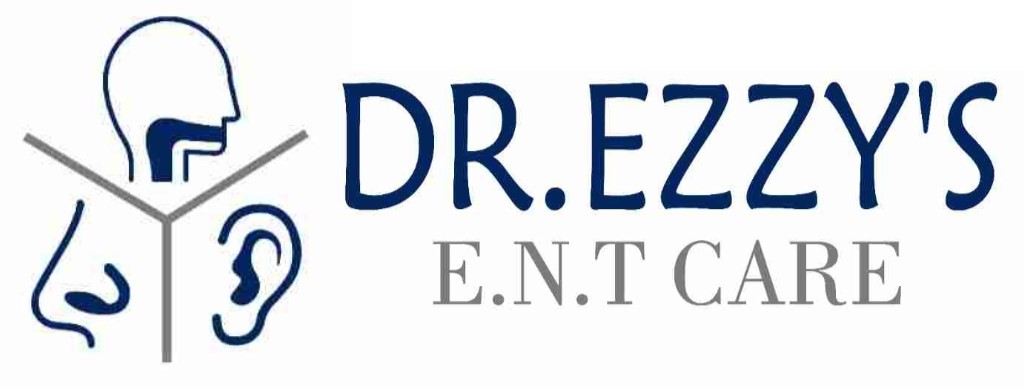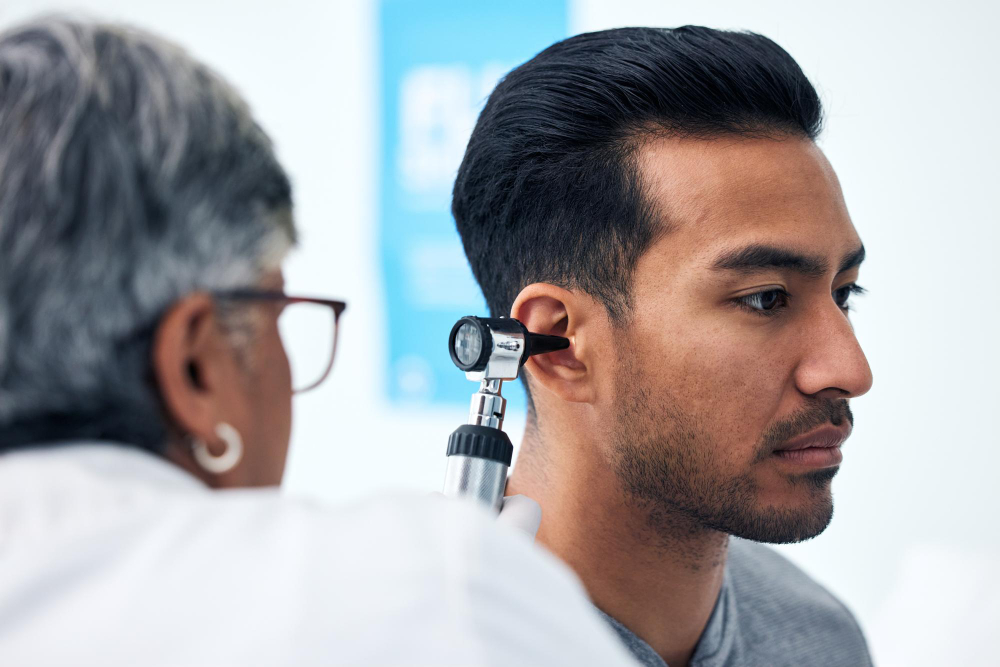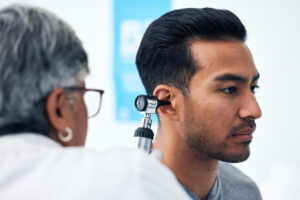What is Otitis Media?
Otitis media is a middle ear infection. It often affects children, but adults can get it too. The middle ear sits just behind the eardrum. When germs enter this space, they can cause pain and swelling. Because otitis media is common, it is important to know its signs and how to prevent it. According to the CDC, most children will have at least one ear infection by age three.
Common Causes of Otitis Media
Many things can lead to otitis media. Often, it starts after a cold or sore throat. Germs travel from the nose or throat to the middle ear. Here are some common causes:
Because children have shorter ear tubes, they are more likely to get otitis media. In addition, group childcare and bottle-feeding can increase risk.
Recognizing Symptoms
Otitis media symptoms can appear quickly. While some signs are easy to spot, others may be subtle. Watch for these symptoms:
Sometimes, symptoms are mild. However, if pain or fever lasts more than a day, you should seek help.
Diagnosis Methods
Doctors use several methods to diagnose otitis media. First, they ask about symptoms and medical history. Next, they look inside the ear with a special tool called an otoscope. This helps them see if the eardrum is red, swollen, or has fluid behind it. Sometimes, they use a test called tympanometry to check for fluid in the middle ear. Because ear infections can look like other problems, a careful exam is important.
Treatment Options
Many cases of otitis media get better on their own. However, treatment depends on age, symptoms, and cause. Here are common treatment options:
Doctors may wait before giving antibiotics, especially for mild cases. This is because many ear infections are viral and do not need antibiotics. However, if symptoms are severe or last more than two days, medicine may be needed. Always follow your doctor’s advice.
Prevention Tips
While you cannot prevent all ear infections, you can lower the risk. Try these tips to help prevent otitis media:
Because prevention is key, these steps can help protect your family from middle ear infections.
When to See a Doctor
Most ear infections are mild, but sometimes you need medical help. See a doctor if:
Early treatment can prevent problems, such as hearing loss or spread of infection.
In summary, otitis media is common but treatable. If you or your child has symptoms, consult an ENT specialist at Dr. Ezzy’s E.N.T Care for personalized advice and care. Early treatment can prevent complications and ensure a quicker recovery.




